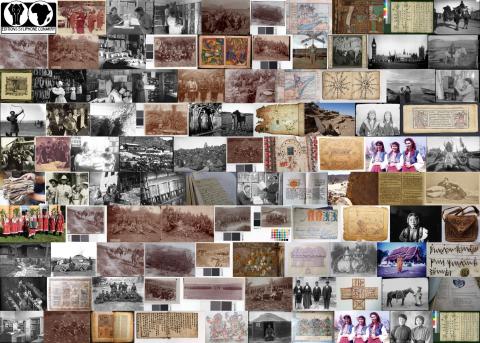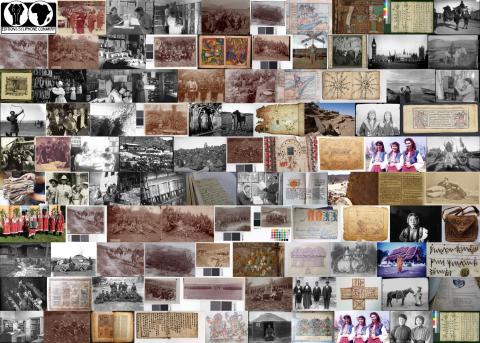Aims and objectives
Mexico's indigenous population has often been considered to be a people without a history but clearly such peoples do have histories. Tenejapa, like many communities, has documents dating back several centuries. Chiapas is one of Mexico's least developed States - generally contact with mainstream Mexican culture has been slight and social and technical change very gradual.
The Zapatista revolution in 1994 did more to alter the community's outlook than any previous changes: its after effects brought Tenejapa into the global ecumene. The community changed from one whose distinctive religious and political structures were still intact - an agrarian backwater predominantly consisting of face to face relations - to a community that was beginning to fully experience the developments of the wider world. It brought to the attention of the Mexican Government various social ills (some of which were addressed) but it also literally opened up Tenejapa - good roads were finally constructed enabling the inhabitants from remote areas to get out more easily but also the state to penetrate more fully.
The late 1990s marked the moment that the community became self-conscious about its practices. Its socio-cultural traditions, rather than being taken for granted and embodied unthinkingly, began to be seen as aspects of their life that should be cherished, preserved and propagated. For Tenejapans had and still have a unique culture which may soon disappear completely and which is of significance not only to anthropologists and researchers in other disciplines, but also to other outsiders and the locals themselves.
Some endangered materials have been amassed through time and are a part of, and represent this vanishing culture. They consist of documents from the 20th century, some from the late 19th century (S Drucker: personal communication) and photographs, negatives, colour slides and audio tapes. The materials are currently stored in desks in the Casa de la Cultura, located in the Town Hall. Under these conditions, the materials are vulnerable to humidity, dust and general deterioration. They could be at risk in the event of any future political unrest.
The project will create an inventory of the collection, aiming to identify material worthy of digitisation in a future major project. The material will be re-housed in acid-free storage boxes and a small prioritised section will be digitised.
Outcomes
The records copied by this project have been catalogued as:
- EAP593/1 Photos of the Méndez López family [1967-1990s]
- EAP593/2 Photos from Bautista Diaz family [1930-1990]
- EAP593/3 Documents from the library at Nabolom [1950s]
Due to the cyber-attack on the British Library in October 2023, the archives and manuscripts database is currently inaccessible and we are unable to provide links to the catalogue records for this project.



